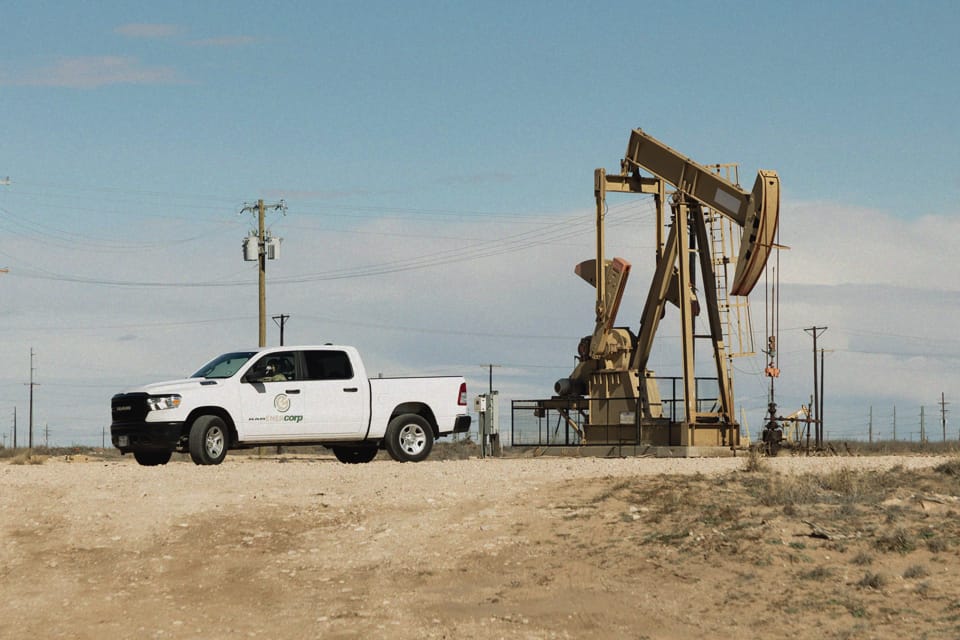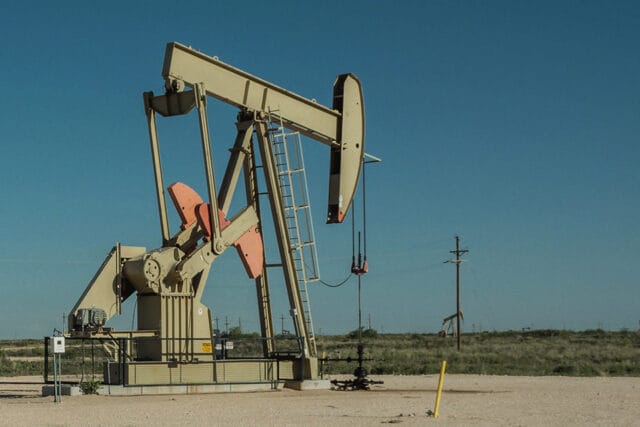
Safe Driver Training: A Crucial Aspect of Oil and Gas Industry Safety

Working in the demanding oil and gas industry requires both physical and mental toughness on the job site. But the work also extends beyond the job site, into vehicles. An alarming number of serious injuries and fatalities happen on the road. This is where Safe Driver training comes in.
Picture this: You’re speeding down a dusty oilfield road. Maybe you’re rushing to meet a tight deadline or have a meeting at a nearby oil well. Fatigue starts to set in – a common challenge for many oil and gas workers. Pulling over for a rest doesn’t feel like an option, so you press on. All it takes is to close your eyes for a few seconds to skid off the road, and life changes in an instant.
While the oil and gas industry has made significant strides in safety, motor vehicle accidents are perpetually a leading cause of fatalities and injuries. And it’s not just the workers who are at risk, but also innocent drivers who happen to be on the road when a worker makes a fatal mistake.
Safe Driver training ensures workers have the knowledge and skills to navigate these situations, keeping everyone safe on the road.
The Scope of the Problem
The statistics are alarming: in the Permian Basin alone, there were 222 fatalities in 2023 due to vehicle accidents (Permian Road Safety Coalition).
Workers often travel long distances between well sites on remote, single-lane roads. Many of these roads are under-serviced, and these isolated stretches of asphalt can intensify the consequences of driver error. In addition, nasty weather conditions, like sudden downpours or icy roads, further increase the risk. Consider these factors as some of the everyday challenges for these workers.
Unique Challenges for Oil and Gas Drivers
Many factors contribute to vehicle accidents in the oil and gas industry:
Dispatching and Scheduling
Unpredictable schedules and last-minute changes can lead to rushed commutes and fatigue.
Extended Work Hours
Long shifts can significantly affect a driver’s alertness and reaction time.
Fatigue
The combination of long hours, demanding work environments, and potentially hazardous driving conditions can lead to driver fatigue, a significant factor in accidents.
Working Alone
Without a passenger to offer support or intervene in an emergency, the consequences of a mistake or sudden health issue can be more severe.
Long Commutes
Traveling long distances to and from job sites adds to fatigue and time pressure.
Lack of training
Drivers who haven’t received proper Safe Driver training, hazard recognition, and safe operation of various industry vehicles are more susceptible to accidents.
Benefits of Safe Driver Training
A competency-based Safe Driver training course provides workers with the necessary skills and knowledge to navigate the challenges of operating vehicles in the oil and gas industry. Here are just a few benefits:
Awareness
The foundation of Safe Driver training is built on providing oil and gas workers with a sense of responsibility and awareness. It teaches them how to anticipate potential hazards such as wildlife on or near the roads. This increased awareness is crucial for defensive driving.
Learning Defensive Driving Techniques
Safe Driver training goes beyond simply learning the rules of the road in a classroom. Students learn by doing. This includes maneuvers like emergency braking techniques, proper following distances, and understanding safe lane positions. These are essential skills for avoiding accidents, especially on unpredictable roads.
Hazard Recognition and Risk Assessment
Not all hazards are obvious. Sometimes the hidden hazards are the most dangerous. Safe Driver training helps workers develop a keen eye for potential risks and assess them appropriately.
Driver Preparation
Did you know a large percentage of SIFs (Serious Injuries and Fatalities) caused by motor vehicle accidents are a result of workers not wearing seat belts? That’s why the best training includes tips on seat belt use, vehicle visibility, and ergonomics.
What Should Safe Driver Training Cover?
Effective safe driver training programs should cover a comprehensive range of topics relevant to the oil and gas industry. Here’s a breakdown of the essential elements of a robust training course:
Targeted Training: It should go beyond generic driver safety. It should explicitly address drivers’ risks and hazards in the oil & gas industry.
Expert Instruction: Highly trained professionals should deliver the course, blending industry knowledge with practical assessments to ensure impactful learning.
Comprehensive Curriculum: The right Safe Driver training program covers various topics relevant to oil and gas driving, from seat belt use to handling road rage.
Measurable Results: Trainers should assess driving skills and knowledge, ensuring participants gain the necessary tools to be safe drivers.
Invest in Safe Driver Training to Protect Your Workers
Safe Driver training delivers the knowledge and skills to navigate the complexities of operating vehicles in often challenging environments. It can significantly reduce the risk of accidents, fatalities, and injuries.
Safe Driver by Veriforce is specifically designed for oil and gas workers. Our course is informed by industry best practices and addresses the unique needs of your workforce. Furthermore, we understand the challenges faced by oil and gas workers, from driving long distances on remote roads to operating several types of specialized vehicles in harsh weather conditions.
We offer competency-based exercises that simulate real-world scenarios that drivers will likely encounter on the job. Plus, Veriforce expert instructors are industry veterans with extensive experience in defensive driving techniques specific to the oil and gas industry.
Allow Safe Driver by Veriforce to empower your employees and contractors with the knowledge and skills to navigate the roads safely. Supporting your workforce’s safety efforts fosters a more secure work environment.
Contact us today to learn more.




